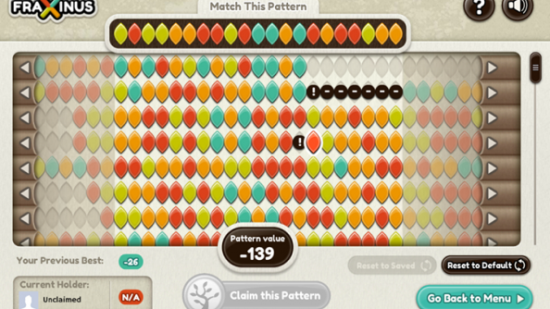As a veteran of many a virtual apocalypse, I imagine you’ve saved populations from fungal epidemics before. But forget The Last of Us: in Facebook game Fraxinus, the consequences will be more real than ever before. By matching genetic patterns, you can help reduce half a century’s work to save some of Britain’s oldest trees to just a decade.
The fungus Chalara fraxinea has been attacking Ash trees in the UK, seriously threatening ancient woodland – where some Ashes are over 1,000 years old. That’s not a premise: that’s simply what’s been happening for the past several years, before the presence of the fungus was discovered last autumn.
The disease has spread across northern Europe, killing off huge swathes of Denmark’s ash tree population. But for now, scientists can only monitor its movements. Botanists are working to find a resistant genetic variant of the Ash to cross-breed with the existing population, but the search could take an estimated fifty years. The best thing we can do to expedite the process, it turns out, is play Fraxinus.
The game functions as a competitive score-chaser, asking players to match coloured sequences of leaves. Better matches will score higher, and players will be encouraged to find as many as possible.
The patterns don’t really represent leaves, you see, but the tens of thousands of genes researchers from the Sainsbury Laboratory at the University of Cambridge will need to sort through to discover a resistant Ash variant. By comparing patterns, players can identify the DNA sequences most likely to yield results.
Fraxinus, then: the only match-whatever Facebook game you can feel good about sinking hours and hours into. Oh – apart from Bejeweled. That feels pretty good too.
Thanks to The Guardian for this one.
